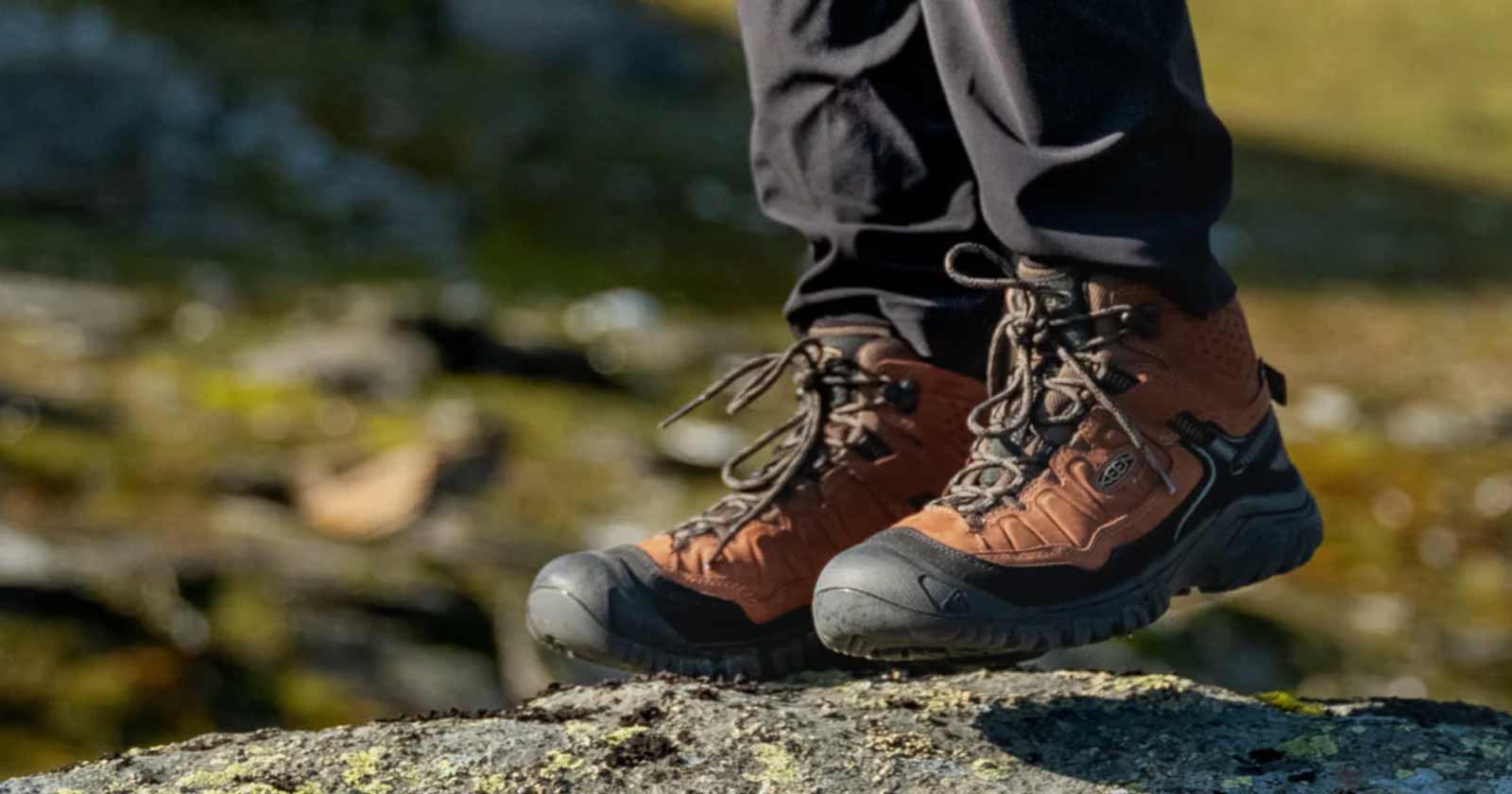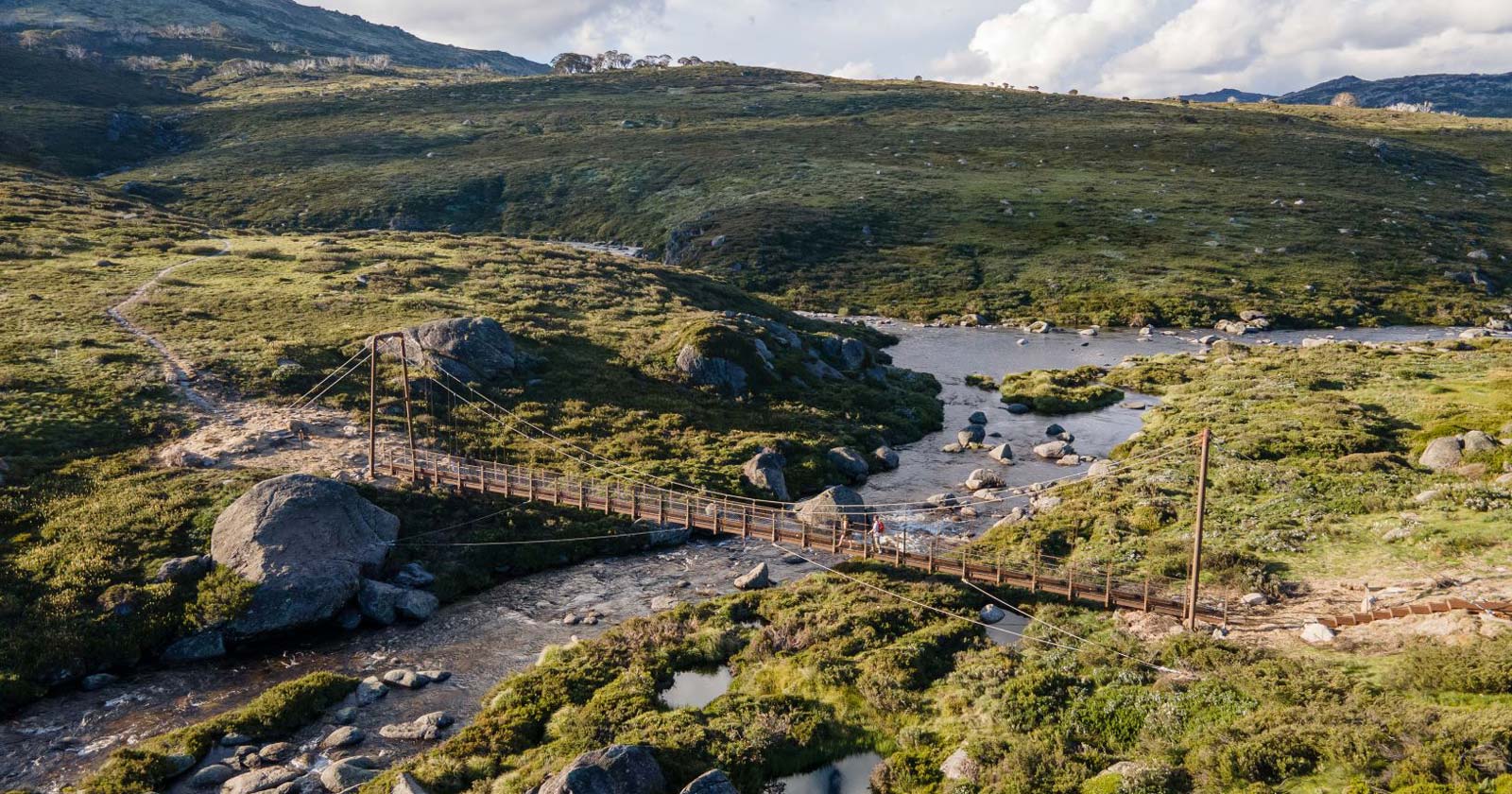Choosing the Best Hiking Gear Store in Australia: A Complete Guide
Whether you’re gearing up for a quick day hike or a multi-day trek, finding the right hiking gear is essential. The difference between an enjoyable hike and a frustrating or even unsafe experience often comes down to the quality of your equipment. But with so many outdoor stores out there, how do you choose the right one? Here’s a comprehensive guide to help you find the best hiking gear store in Australia, with tips on what to look for and how to make the most of your shopping experience.
1. Knowledgeable and Experienced Staff
A good hiking store is more than just a place to buy gear—it’s a resource. Look for stores where staff have genuine hiking experience and can answer specific questions. Knowledgeable staff can guide you through selecting boots that match your foot shape, choosing the right pack size, or understanding the weather conditions of different regions. If a staff member can talk about local trails and understands Australian hiking conditions, you’ve found a great resource.
- Bonus Tip: Ask about their favourite trails and any specific gear recommendations for hikes in Australia’s diverse environments, from coastal walks to alpine tracks.

2. Range and Quality of Gear
Australia’s climate varies drastically across regions, so a good store should have options for everything from hot, dry outback gear to wet-weather essentials for coastal or mountainous regions. Look for reputable brands known for durability and performance in outdoor conditions, such as The North Face, Patagonia, Sea to Summit, Macpac, and others.
Some essentials to look for:
- Footwear: A wide range of hiking boots, shoes, and trail runners that cater to different terrains and personal preferences.
- Backpacks: Packs of varying capacities, with fitting services to ensure comfort for multi-day hikes.
- Clothing: Breathable, moisture-wicking fabrics for warm conditions and insulated or waterproof layers for alpine areas.
- Safety and Navigation Equipment: Maps, GPS devices, compasses, personal locator beacons, satellite communicators, and first-aid kits are essentials in remote areas.
- Pro Tip: Make sure the store stocks sizes and styles that fit your needs, as poorly fitting gear can make even short hikes uncomfortable.
3. Fit and Try-On Options
When it comes to hiking gear, proper fit is crucial for comfort and safety on the trails. A well-equipped store will typically have dedicated fitting areas where you can test how boots feel on an incline or ensure your backpack sits comfortably. Many stores offer specific fitting services that can make a significant difference in your hiking experience.
Footwear Fitting: Ensuring a proper fit for your hiking boots is essential, as ill-fitting footwear can lead to blisters and discomfort on the trail. Look for stores that provide expert fitting services, where knowledgeable staff can assess your foot shape, arch, and walking style. They might also offer heat-moulding for insoles, which can enhance comfort and support for long hikes.
Custom Backpack Fitting: Custom fitting for backpacks can greatly enhance your comfort and performance, especially on longer hikes. Stores that offer this service will adjust the straps, hip belt, and back panel to suit your torso length and body shape. A well-fitted backpack helps distribute weight evenly, reducing strain on your back and shoulders.
- Try-On Tip: Take the time to try on multiple options, particularly with boots and packs. Walk around the store, test the weight and balance, and ensure there’s enough room for your hiking socks or additional layers. Don’t hesitate to ask staff for their recommendations based on your intended hiking style and conditions.
By prioritising proper fitting for your footwear and backpack, you can enhance your overall hiking experience, reduce discomfort, and increase your enjoyment on the trails.
4. Local Expertise and Trail Knowledge
A great hiking gear store often has staff who are familiar with local trails. They might offer suggestions for popular spots like the Stirling Ranges, Grampians, Blue Mountains, or Tasmania’s Overland Track, as well as advice on gear needs for those environments. Some stores even hold workshops or talks on topics like hiking safety, route planning, or packing tips for remote treks. These events can provide valuable insights and foster a sense of community among local hikers, making them a great resource for both novice and experienced adventurers.
- Tip for Hikers: Ask if they have local trail guides, maps, or even if they organise group hikes or classes, as these can be a great way to learn and connect with other hikers.
5. Sustainability and Eco-Friendly Options
More and more hikers are looking for eco-friendly gear options, from backpacks made from recycled materials to sustainably produced clothing. Stores that prioritise sustainability are likely to stock brands that do the same. This could include offering products with certifications like Fair Trade, Responsible Down, or other eco-labels. Supporting these brands can be a great way to reduce your environmental impact.
- Eco-Tip: Look for stores that have recycling programs for used gear or packaging and ask about the sustainability policies of the brands they carry.
6. Good Customer Support and Return Policies
The best gear stores stand behind their products. Look for shops with flexible return policies, especially for high-investment items like boots, backpacks, or tents. This is particularly useful if you’re new to hiking and unsure about certain gear. Stores that provide guarantees or warranties for gear offer an added layer of confidence in their quality.
- Customer Tip: Keep your receipts and take advantage of the return policy if needed. Test out gear in non-damaging ways at home before committing fully.
7. Rental Options for New Hikers or Short Trips
If you’re new to hiking, you may want to try out gear before buying it. Many Australian stores offer rentals for items like tents, hiking poles, GPS devices, or even clothing layers. Renting can help you get a feel for what you actually need, and it’s an eco-friendly way to try gear without adding to waste.
- Rental Tip: Ask about multi-day rentals if you’re planning a weekend hike. This can save you money and let you test gear under real conditions before making a purchase.
8. Online Convenience, In-Store Expertise, and Supporting Local Stores
For those in rural or remote areas, a store with a reliable online presence can make researching and purchasing gear much easier. While online shopping offers convenience, brick-and-mortar stores provide a hands-on experience and knowledgeable staff who can help you find the right fit for items like boots, backpacks, and outerwear. Many retailers allow you to try on gear, ask questions, and benefit from staff expertise—all of which can make a significant difference on the trail.
Supporting local stores also keeps these resources available for everyone. Many Australian outdoor retailers carry brands suited to our unique conditions and actively contribute to local conservation projects, sponsor outdoor events, and provide trail knowledge. Your support helps them continue to thrive and give back to the hiking community.
- Online Tip: Look for stores with comprehensive size guides, detailed product descriptions, and a review section, which can be incredibly helpful if you can’t get to a physical location.
- Support Local Tip: If you benefit from a local store’s expertise and fitting services, consider supporting them with your purchase. The value they add can make all the difference on your next hike, and it ensures these businesses will continue to support the outdoor community.
9. Budget Considerations
When selecting a hiking gear store, budget considerations play a crucial role. Hiking gear can vary significantly in price, so it’s important to establish a budget that fits your needs without compromising on quality. Here are some tips to help you navigate your spending:
Understand Price Points: There are outdoor gear stores that cater to a range of price points. While lower-priced options can be attractive, it’s essential to recognize that they may not always offer the same level of quality or customer service. Often, you get what you pay for in terms of durability, performance, and expert guidance. Being mindful of this can help you make more informed choices.
Set a Realistic Budget: Determine how much you’re willing to spend on gear. Consider the type of hikes you plan to do, the essential items you need, and how often you’ll use them. This will help you allocate your budget effectively across categories like footwear, clothing, and accessories.
Prioritise Key Items: Focus your budget on high-quality essentials that can significantly impact your hiking experience, such as hiking boots, backpacks, and weather-resistant clothing. Investing in these key items can lead to greater comfort and safety on the trails.
Look for Deals and Discounts: Many outdoor retailers offer seasonal sales, clearance events, or discounts for members. Sign up for newsletters or follow stores on social media to stay updated on promotions. Comparing prices across different stores can also help you find the best deals.
Explore Second-Hand Options: Don’t overlook second-hand stores or online marketplaces for affordable gear. Many people sell gently used items that can still perform well, allowing you to save money while getting quality equipment.
Consider Rental Services: If you’re new to hiking or only plan to hit the trails occasionally, consider renting gear for short trips. This can be a cost-effective way to access high-quality equipment without a significant upfront investment.
Evaluate Long-Term Value: While it may be tempting to go for the cheapest option available, consider the long-term value of your purchases. Well-made gear may have a higher upfront cost but can last longer and perform better, ultimately saving you money over time.
Remember, investing in the right gear isn’t just about the price; it’s also about how well it meets your specific hiking needs and comfort. By carefully considering your budget and exploring different options, you can find a hiking gear store that meets your needs and offers quality gear, ensuring a safer and more enjoyable experience on the trails.
Final Thoughts
Whether you’re heading out on your first hike or are an experienced trekker, a well-chosen hiking gear store is an invaluable partner on your journey.
Choosing the right gear store is about more than just buying equipment. It’s about finding a resource that supports your hiking journey. From knowledgeable staff to local trail expertise, the best stores help you feel prepared, confident, and excited about your next adventure. Whether you’re planning a day hike or a multi-day trek, having the right gear from a reputable store can be the first step to an enjoyable, safe, and memorable experience.
If you have any favourite stores, tips, or experiences, we’d love to hear from you in the comments below.









